An eye-catching colorful shrub, Skimmias are popular in gardens for their year-round charm. With their pretty flowers and colorful berries, Skimmias are easy to care for, but newbies often wonder when and how to prune these pretty plants. We were curious about this topic too, so we researched it to find the answers for you.
Typically, Skimmia does not need pruning because they are generally neat as they grow. However, if you wish to shape and maintain the look of your plant, you can prune them during the spring after it has finished flowering. When pruning Skimmias, remove the unwanted stems by cutting them behind the leaf canopy to hide the cut ends.
Learning how to prune Skimmias will ensure that the plant will divert its energy into growing new roots. This post will discuss the best time to prune Skimmia and how to do them properly. We'll also talk about different tips that will help you grow Skimmia shrubs in your garden, so keep reading and enjoy this post!
When & How To Prune Skimmia?
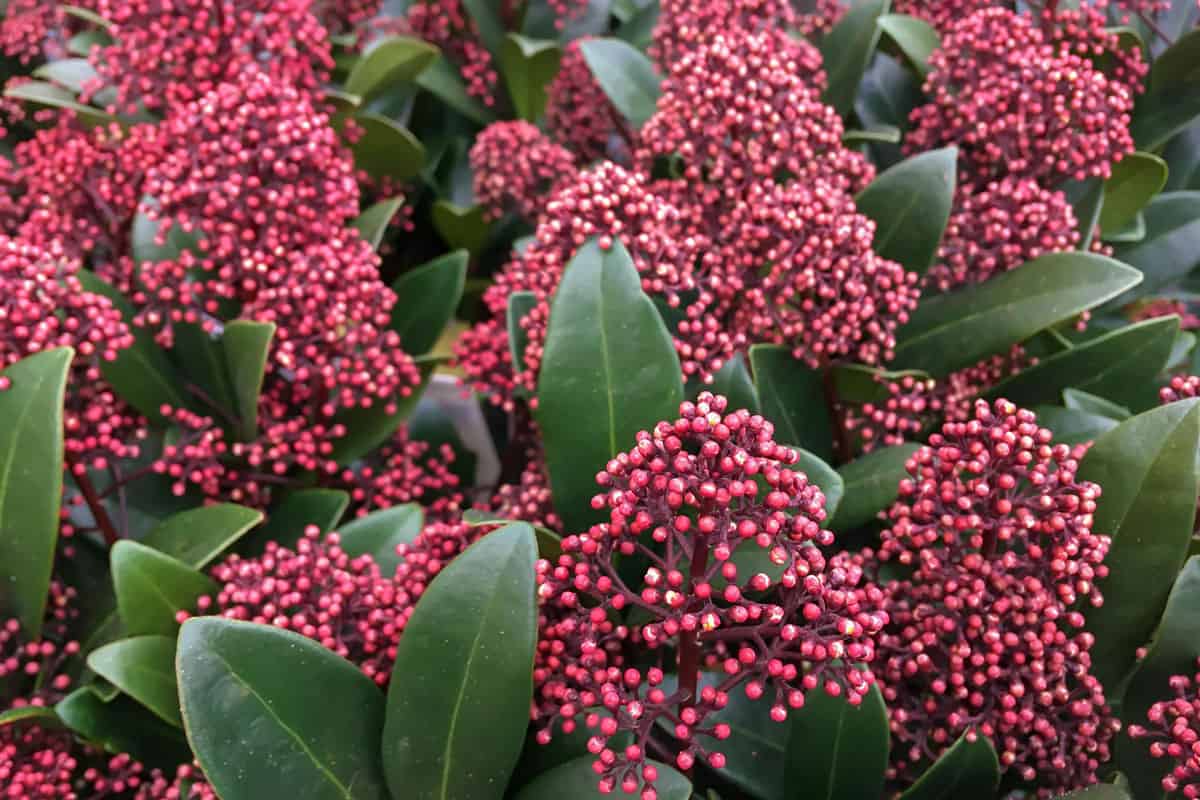
A favorite for many gardeners, Skimmias are evergreen shrubs that bring color to the landscape all year round. These shrubs love the shade and grow pretty bunches of flowers during their blooming season. During the colder season, Skimmias grow attractive-looking red berries that songbirds love to snack on.
When growing Skimmia, it's important to note that they are dioecious—which means they need a male and female plant to produce fruit. Both male and female Skimmia plants grow flowers, but only the female plant will bear berries during its fruiting season.
Skimmia shrubs are slow-growing plants. The plant grows to have a green-colored bark and dark green leathery leaves that contrast the berries it bears during winter. Skimmias grow to about 5 feet tall and spread about 6 feet wide when it matures.
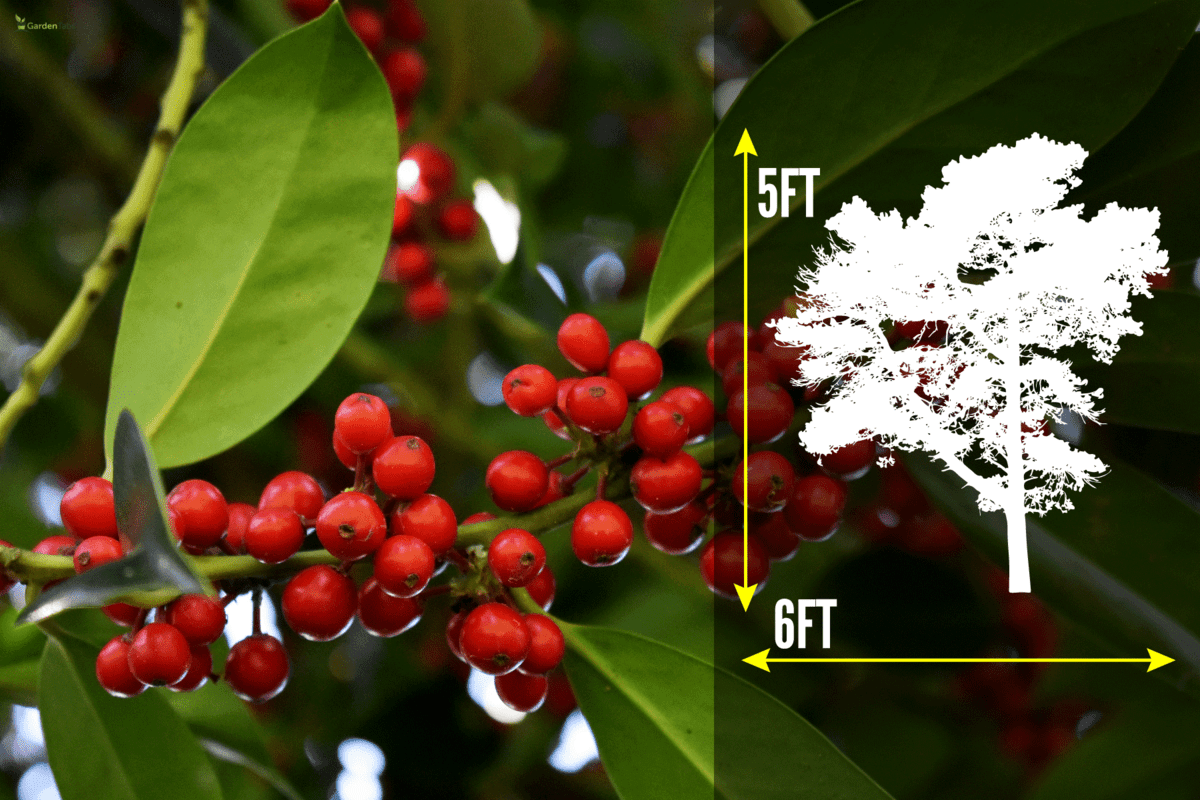
Since the Skimmia grows very slowly, they typically don't need any pruning even when they are mature. They usually grow nice and neat, and they are compact enough that they won't affect other plants within their vicinity. However, if you are planting Skimmias in groups and you want to maintain their shape, a little pruning will help.
Check out these pruning shears on Amazon.
Pruning Skimmias is pretty simple. You'll only need a pair of sharp pruning shears to remove some unwanted branches from the plant. Prune the Skimmia by cutting the branch behind the leaf canopy to hide the cut ends. Avoid doing excessive or hard pruning on the Skimmia because it prevents female plants from bearing berries for the next season.
The Skimmia is best pruned during spring when the plant's flowering ends. Trim lightly and only prune branches to help balance the plant or reduce its size. Weak or broken branches should also be removed regularly so that your Skimmia will have more new growth after they flower.
Should I Deadhead Skimmia?
Generally speaking, there is no need to deadhead Skimmia shrubs because they will naturally grow and bear fruit on their own. However, deadheading or removing the old blooms on the plant can be beneficial.
This video shows how you can do simple deadheading on the Skimmia flowers in your garden.
One of the benefits of deadheading Skimmia plants is the diversion of the plant's energy. Leaving the old flowers on the plant wastes the plant's energy. Removing the old blooms will help the plant divert this energy toward the new shoots and growth, making for a lusher, healthier plant as it matures.
For female plants, leave the faded flowerheads so that they can develop into Skimmia's popular red berries. For male plants, it is best to remove them when they fade.
Deadheading the Skimmia plant will also signal your plant to prepare for the next flowering season. During autumn and early winter, expect the plant to create striking blooms that provide color to your garden.
Tips On Growing Skimmia
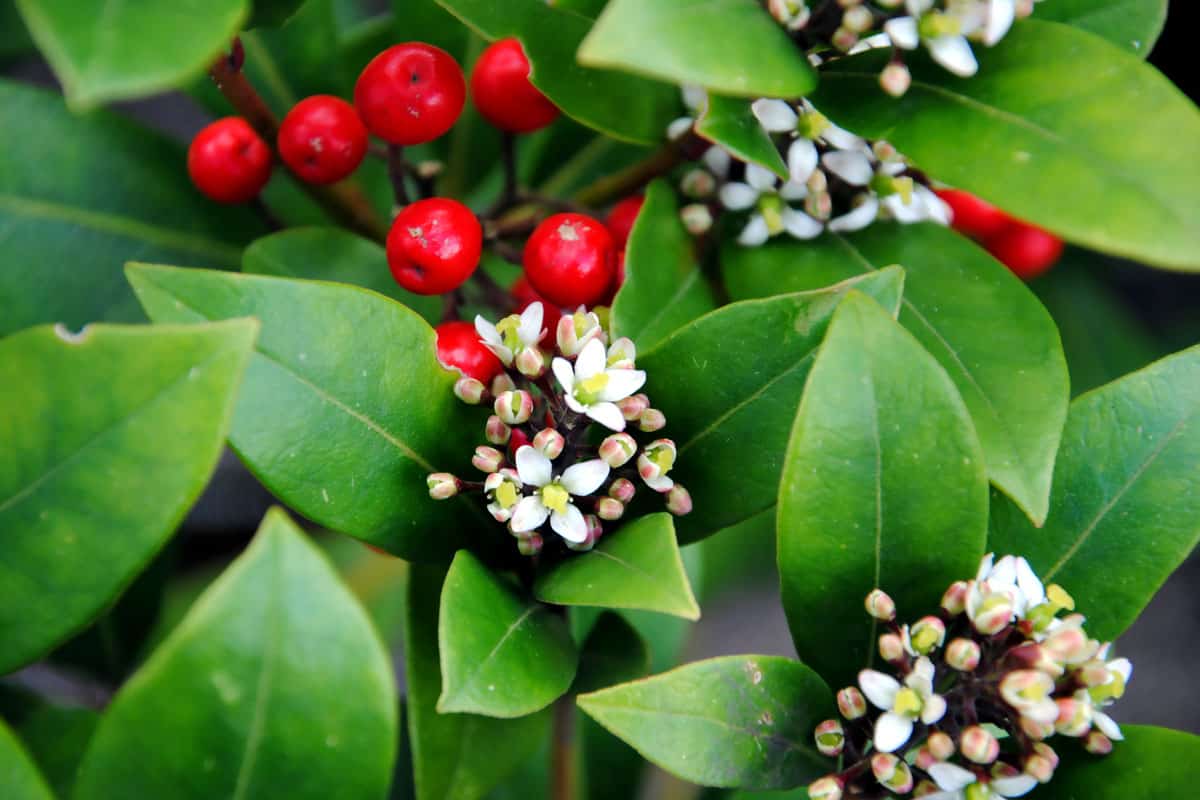
Skimmia is one of the easiest plants to grow in your garden. They require very little maintenance, and their slow growth makes them perfect candidates for small gardens or growing them as container plants. However, Skimmias also need some care tips to help them grow well for the whole year.
If you are planning to grow Skimmia in your garden, it's important to put them in a location with part shade. While they can do well in places with lots of sunlight, too much can make your Skimmia look yellow and spindly. Try placing them in a location that gets dappled light to maximize their full potential.
Make sure to plant Skimmia in well-draining, acidic or neutral pH soil in the garden. Since Skimmias are known to be slow-growing, they are best placed in locations such as flower beds or as borders in the garden. You can also plant them in containers, as long as they have space for the roots to grow.
One of the best things about Skimmias is their hardiness and ease of care. They don't require careful maintenance, and they can generally survive even if you forget them once in a while. If the soil is kept moist, your Skimmia can still flourish even if they are neglected a little. When the season is dry or when there is drought, consistently water a Skimmia to keep them healthy.
Get this evergreen plant food on Amazon.
Most of the time, Skimmias don't need plant food because they can get the nutrients they need from the soil. However, if you want to boost your Skimmias a little, you can give them plant food specifically made for acid-loving plants. Give your Skimmias some fertilizer if you see that the growth is a little stunted, or the foliage looks pale.
Apply fertilizer to your Skimmia during late winter or early spring. By this time, you'll see your Skimmia with early growth so the fertilizer should be able to give enough energy to the plant when the growing season begins.
Grab this insecticidal soap on Amazon.
Skimmias rarely have pest problems, but it doesn't mean they don't get infestations. On occasion (and depending on your location,) Skimmias will get scale, aphids, or spider mite infestations. Fortunately, they are easy to combat if you discover them fairly early.
Remember to water your Skimmias to combat dryness because this is usually the cause of the infestations. If there are insects that are already affecting the plant, apply some insecticidal soap to remove the insects. Make sure to apply the insecticidal soap regularly, or at least until the infestation subsides.
How To Propagate Skimmia
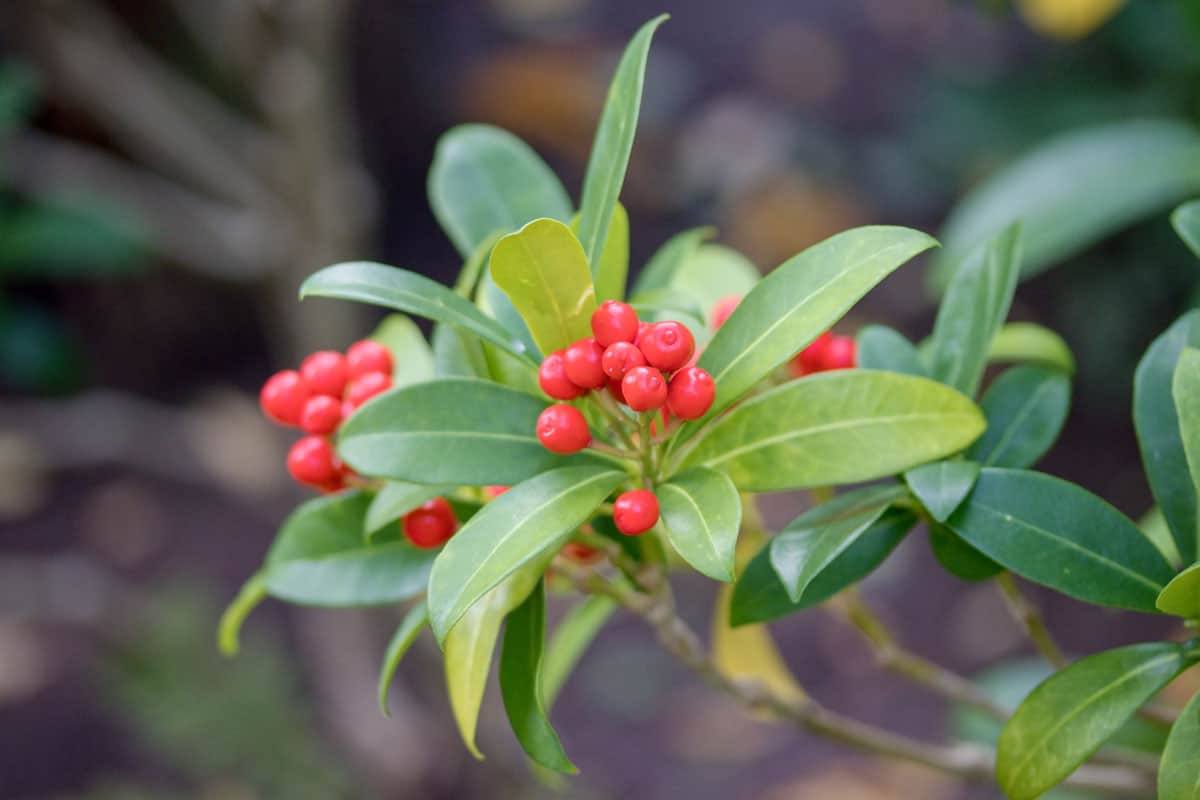
For many gardeners, one of the best ways to propagate plants is by growing them from cuttings. Since Skimmias can be pruned after they flower, it also makes sense to take some cuttings to propagate them.
When propagating Skimmias from cuttings, note that the new plant will be the same sex as the original plant. To propagate a Skimmia from cuttings, cut off shoots that are about 10 to 15 cm long. Remove around 3 or 4 leaves from the bottom of the shoot. Do this between June and September.
Place the cuttings in a pot with about 2/3 acidic soil and 1/3 sand. Keep the soil moist by consistently watering them every couple of days. Generally, the cuttings still won't be established when winter comes, so make sure to keep the pot frost-free during this cold season.
Alternatively, you can also propagate and grow Skimmia plants from seed. However, many experienced gardeners advise against this method because it can be very challenging. The seeds need to be sown in the soil immediately after harvesting, and it is best to do so during winter.
To propagate Skimmias from seed, collect the ripe berries from the plant during autumn. Extract the seeds by opening the berries and laying them out to dry a little as you work on the others. Sow the seeds right away by putting them in pots or seed trays. Keep the pot outdoors and keep them in a cold frame or expose them to the winter cold to break the seed's dormancy.
Unlike cuttings which grow into the same sex as the parent plant, seeds will grow differently from their parent plant. You'll only discover the sex of the plant once it has started flowering.
Final Thoughts
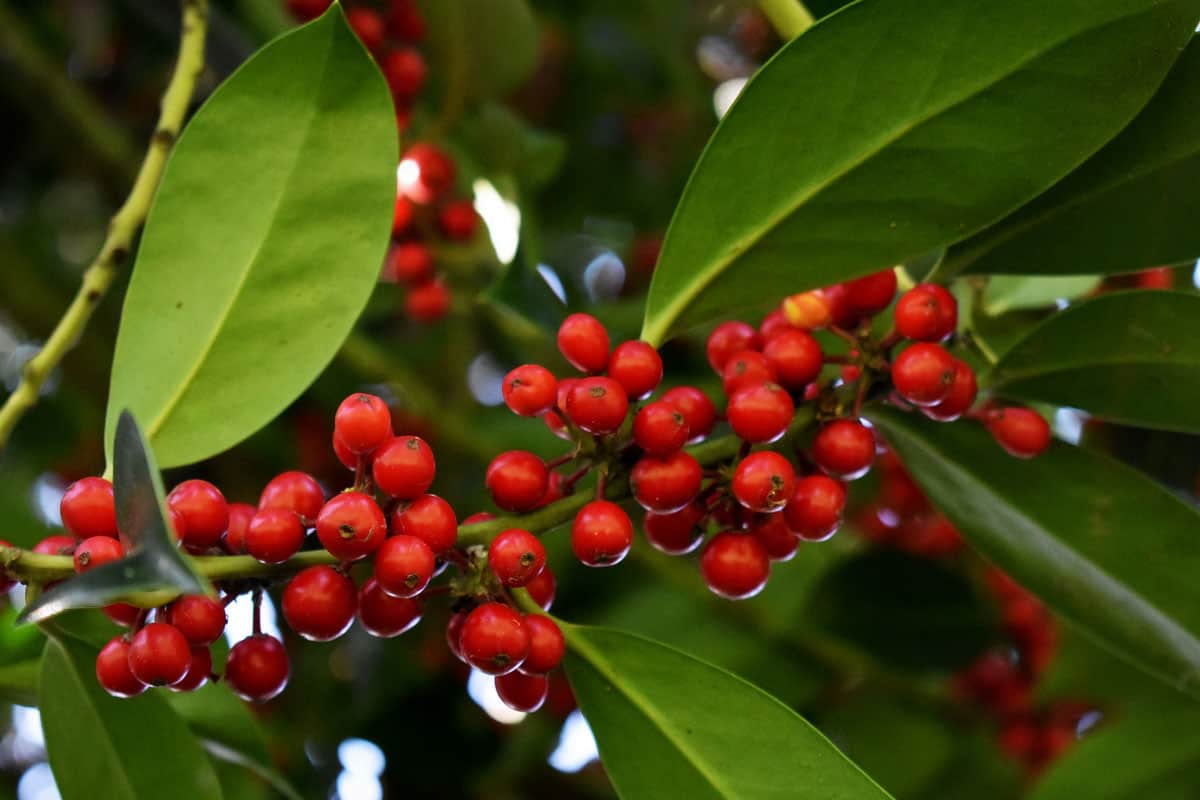
Skimmias are generally easy to grow and maintain, so most of them do not need pruning. However, it's a good idea to prune the old, dying flowers once the season ends to allow the plant to divert its attention to new growth. Avoid pruning the Skimmia too much because it prevents the plants from bearing fruit, and they don't react well to hard pruning.
Are you looking for more information on growing skimmia plants? We have a couple of articles that might help you:



